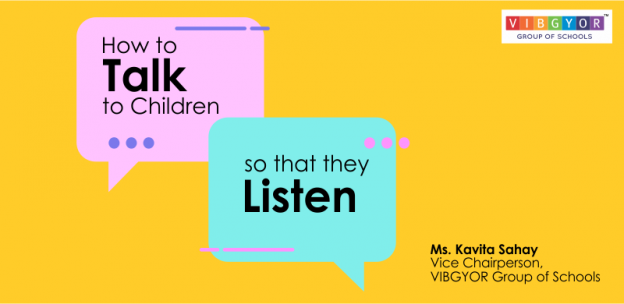![]()
As summer vacation approaches, parents frequently face the age-old question of how to keep their children occupied and engaged through their break. Fortunately, numerous educational and recreational activities are available that spark creativity, cultivate learning, and offer a pleasant and exciting summer for children of all ages. Here are some fun ideas to keep your children occupied throughout their break, fostering creativity, exploration, and lasting memories.
Summer camps:
One fantastic aspect of summer camps is the opportunity for children to discover new interests ranging from activities that help build physical strength and endurance, to dance, drama, and other creative aesthetics, to scientific explorations, the options are endless. These activities keep children invested but also teach them valuable skills for the 21st century, such as discipline, endurance, teamwork, and perseverance. Imagine your child mastering a new karate move, scoring a winning basket, or performing a monologue – the sense of accomplishment is priceless!
Embrace the Outdoors:
Vacations are the perfect time to get active and explore the great outdoors! Plan hikes or bike rides in scenic locations. Pack a picnic basket and head to the park for a game of throwball or catch. Beach trips are a classic choice, offering swimming, building sandcastles, and collecting seashells. Backyard camps under the stars with storytelling and roasting fish/chicken/mushrooms can create magical memories.
Field trips:
Field trips are fantastic ways to combine learning with fun. Museums ignite curiosity by showcasing historical artefacts, captivating art, or interactive science exhibits. Zoos and aquariums allow children to observe fascinating animals from all over the world, fostering a sense of wonder and appreciation for the natural world. Science centres offer hands-on activities that ignite a passion for STEM subjects (Science, Technology, Engineering, and Math). Local historical sites like forts or monuments can bring history to life, making it more engaging than textbooks.
Create Lasting Memories with Family Fun:
Vacations are a prime opportunity to strengthen family bonds. Cosy up for a movie night with popcorn and laughter. Organise a family game night, dusting off classic board games or trying out new ones. For a creative twist, invent your own family game – charades with a vacation twist or a scavenger hunt around the house are sure to bring giggles. Plan a themed dinner night, complete with costumes and decorations. Explore different cultures through food – try a new recipe together or visit an ethnic restaurant. These shared experiences create cherished memories that children will hold dear long after the vacation ends.
Sports and Games Galore:
Physical activity is essential for children’s well-being. Organise sports tournaments in your building courtyard or neighbourhood park. Games like basketball, cricket, handball, or badminton can keep everyone active and engaged. For younger children, plan obstacle courses or treasure hunts in the park, encouraging teamwork and problem-solving skills. Consider joining a local sports league or enrolling your child in a recreational activity camp for a structured and social experience.
Learning Through Doing–Cultivate Life Skills:
Vacations present a valuable opportunity to introduce children to basic life skills and vocational interests. Cooking is a fun way to teach them about healthy eating habits and basic kitchen skills. Start with simple recipes like baking cookies or making pizza dough. Sewing and textile crafts allow for creativity and personalised projects. For the tech-savvy child, explore graphic design software, coding basics, or robotics kits that teach them valuable technical skills. Consider planting a small garden together, teaching them about plant life and the responsibility of caring for living things.
Vacations are a time for families to connect, explore, and create lasting memories. With a little creativity and planning, you can turn this unstructured period into a fun-filled learning experience for your children. So, put on those thinking caps, grab your adventurous spirit, and get ready to beat the boredom blues together!




